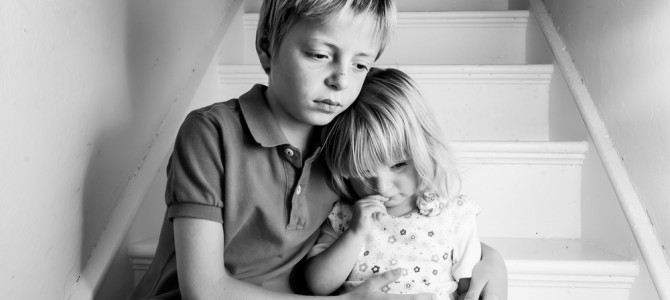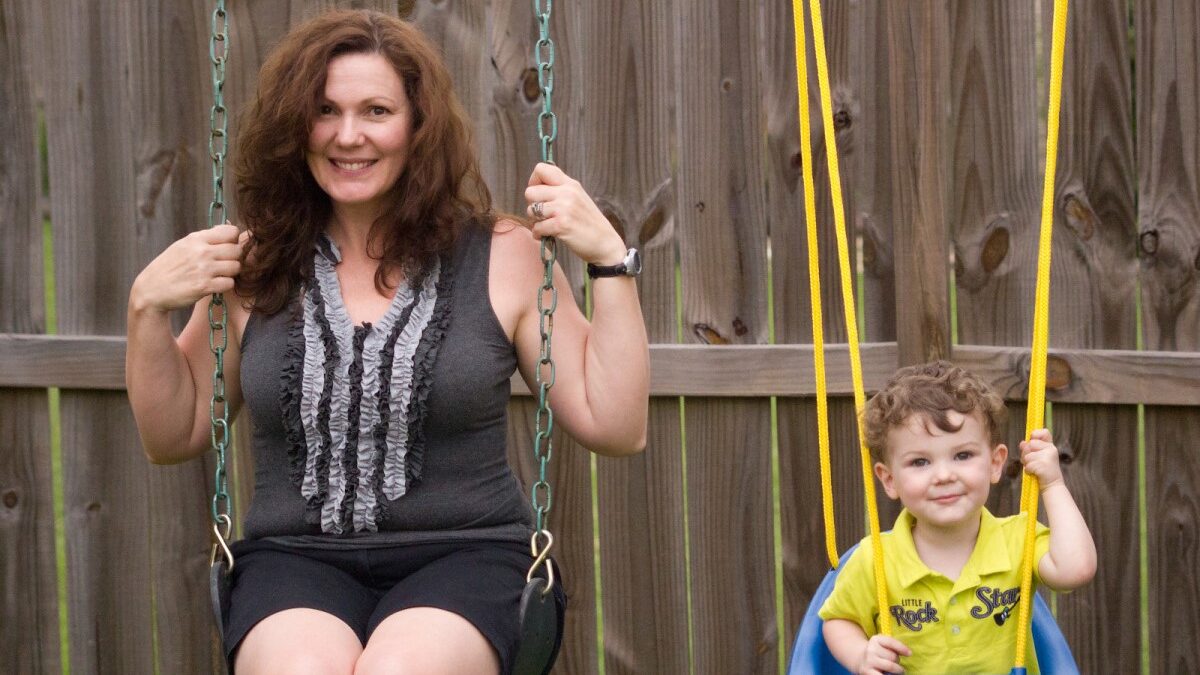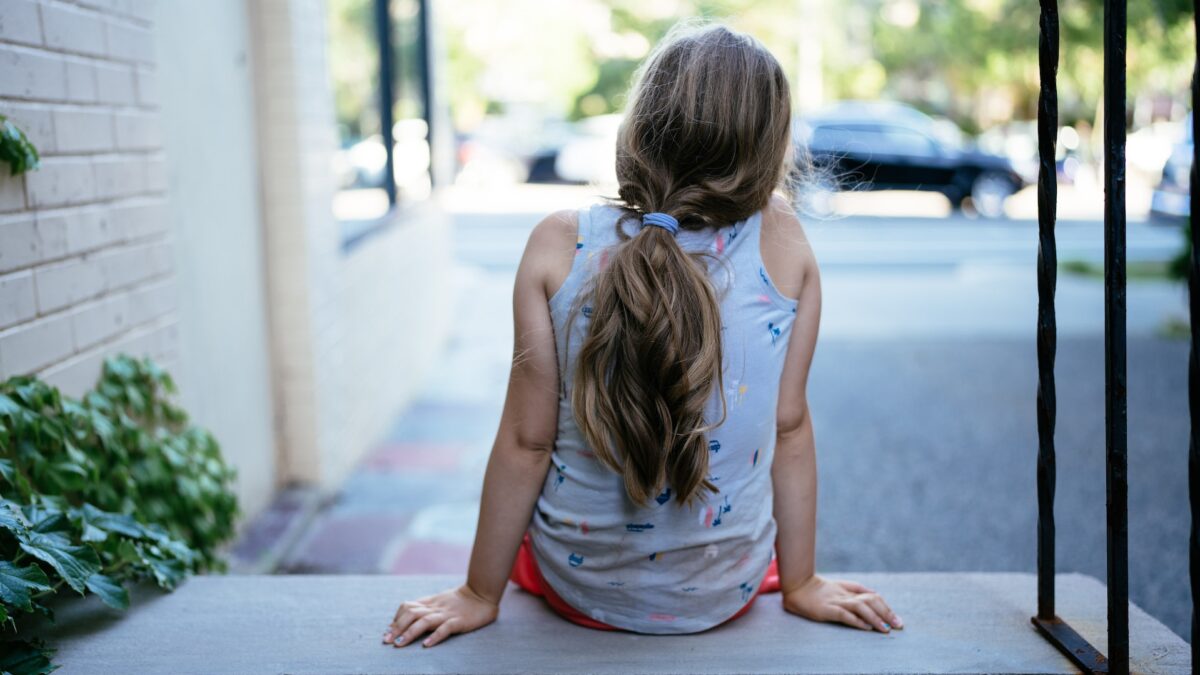
In summer 2015, the nation celebrated as same-sex marriage reached all 50 states. The last strongholds of bigotry and hatred were finally overcome. The laws preventing gay couples from pursuing the full manifestation of love and family were no more. Together, we raised our rainbow flags and marched toward a new era of justice and prosperity for all.
Meanwhile, down here on the ground, things are as bad as ever. The time-tested link between marriage and children continues to decay, with dire consequences for our culture. In my home state of Indiana, an employee of Child Protective Services (CPS) recently sued the state over the fact that CPS workers’ caseloads are in overwhelming excess of the legal requirements. State law mandates that employees should serve no more than 17 families at one time. In some counties, the average is closer to 50.
This stems from a massive increase in reports of abuse and neglect in recent years, up 81 percent from 2009. Caseload limits seem reasonable enough, except you can’t legislate supply and demand. The state can’t keep up with its child-abuse problem, so caseworkers are dangerously overloaded. Morale is low, turnover is high, and kids are suffering.
Who You Gonna Call?
For those fortunate enough not to know the CPS system, here’s a quick breakdown. If somebody suspects a child of being mistreated, they can report it to an anonymous hotline. A caseworker must then investigate these reports of (broadly defined) abuse or neglect. They interview the kids and parents separately to figure out what’s going on, and inspect unsanitary or dangerous homes. If they determine charges of child maltreatment to be “substantiated,” they can mandate removal of the children on the spot and place them in foster care. The parents temporarily lose custody of their kids.
This begins the weeks/months/years-long process of helping families get themselves together. They set conditions for the parents such as sobriety, stable housing, and better parenting. They coordinate therapy, drug treatment, domestic-violence classes, or other services. They arrange visitation times and levels of supervision between the parents and kids. Ultimately, they make recommendations in court regarding whether the family can be reunited—or, in some cases, whether parental rights should be terminated permanently.
These are immense responsibilities. Imagine going to bed every night knowing you’re tasked with the safety and well-being of dozens of needy children. Many of them are in extreme distress, and there’s a good chance they’re blaming you. It’s your job to figure out what’s going to happen to them. Eventually, you’ll have to tell some of them they can never live with their parents again. You’ll always question decisions you made, and wonder what more you could have done.
Child Protective Services in Distress
Now imagine trying to do this for 50 families at one time. You can see how this might result in a lawsuit. Many families stuck in “the system” are demanding and dysfunctional. They need constant help and attention. And CPS workers have time to do little more than check in once a month and make sure the kids are still alive. Under these circumstances, there’s a lot of room for things to go wrong.
Some kids are left in abusive homes, because a brief investigation rendered a CPS report “unsubstantiated.” Others are removed for questionable reasons, then placed in foster homes semi-forgotten for weeks or months at a time. Reports of maltreatment in the foster homes themselves aren’t uncommon, because (surprise) the state is running out of safe places to put the kids.
Frequently when children are removed, siblings are separated. Parents are in a frenzy, unsure if their kids are okay, and unable to get in touch with their caseworkers for even basic information. They feel devastated and helpless in the face of a seemingly cold and unresponsive bureaucracy. Every year sees a few more fatalities.
Let’s Be Proactive, Not Reactive
Predictably, fingers are pointed at the Republican state government for not doing more to address this situation (i.e., throwing more money at the problem). Hire more caseworkers and train them better to bring caseloads into compliance. This is already happening, and under the circumstances such measures are probably necessary.
But the real issue is not a lack of CPS workers. Child maltreatment is the result of larger forces. CPS is, by its nature, a reactive institution. It only deals with abuse or neglect that’s already happened. Caseworkers are medics running around an active battlefield with a box of Band-Aids. They have no power to address the root causes of the problems they’re tasked with. Adjusting the size of the department to meet the current “demand” for child protection is not only inefficient, it ignores a moral imperative for prevention. Where is this spike in abuse and neglect coming from, and what can we do to reverse it?
By way of analogy, let’s suppose a bacterial epidemic breaks out. Scores of people are becoming severely ill, and emergency rooms are at triple capacity. There are neither enough rooms to hold all the patients nor doctors to treat them, so the hospitals simply make do with what they have. Conditions for both patients and medical staff deteriorate.
Would we hire more doctors? Build more hospitals? Perhaps. But most immediately, this wouldn’t be an issue for direct medicine so much as public health. Educate people about how the infection is contracted and how to avoid it. Encourage the appropriate hygiene. Develop a vaccine, and get it to the highest-risk populations as quickly as possible. That is how epidemics are resolved and disaster averted.
The same principle applies here. In 2013, CPS received reports of abuse or neglect for over 100,000 children, about 7 percent of Indiana’s minor population. Since then, numbers have only kept climbing. Even if the CPS system can expand to meet the demand, these kids have already been injured. What do parents, policymakers, and communities need to know to combat this growing problem?
Kids Can’t Be Secure in Unstable Families
As with any complex social problem, it’s hard to isolate a single cause of child maltreatment. That said, the impact of our changing (failing) family structures, especially among the lower-income crowd, is impossible to ignore.
Let’s look at single parenthood. One-parent households receive nearly twice as many CPS reports as those of married families. About 80 percent of reports are related to neglect rather than abuse. It doesn’t take much imagination to consider how the emotional, logistical, and economic demands of children could place single parents in some compromising situations. This is true even for the most loving and well-intentioned parents. Lose your five-year-old in a crowded mall? Miss a payment on your light bill? It’ll probably be okay…but you might get a knock on your door. Children are relentless, and parents are flawed. Raising kids is not meant to be a one-person task.
Let’s look at cohabitation as a marriage alternative, and by now a norm. Here, the statistics are frightening. Children living with a mother and cohabiting partner are 11 times more likely to experience physical, sexual, or emotional abuse than who live with married parents. Even children living with their biological unmarried parents are at four times the risk. Most cohabiting relationships are doomed to end eventually, exposing any children involved to the trauma of separation from parents and caregivers. And kids in the all-too-common families with one mother but multiple fathers are likely to experience any combination of the above risk factors during childhood, perhaps several times over.
Is There a Vaccine for Child Maltreatment?
To protect American kids from harm on a large scale, we need to be willing to recognize a basic truth: children are safer and better off living with their married biological parents. As a society, we shouldn’t be afraid to say so. From high school sex ed on, adolescents should be warned about the dangers of unwed childbearing. The ample empirical benefits of marriage ought to be emphasized, with future children in mind. There should be pamphlets, instructional videos, motivational speakers, the works. We’re already on a mission to provide “comprehensive” sex education at ever younger ages. We encourage kids to stay in school, and educate them about college and career paths. There’s no reason we can’t fit marriage and family into the curriculum.
We should also target the people at the most risk, as we do for every other initiative. Pregnancy centers, community mental-health centers, and social-service agencies can provide this kind of information to patients as standard procedure. Family social workers like myself should be trained to raise these issues with our clients. We have no problem asking people about their smoking, drug use, gambling, etc., and providing unsolicited education about those dangers. We could just as easily ask people about their relationship patterns, and offer guidance on how to achieve happy, healthy families. Sure, it may be a sensitive topic—but discussing sensitive topics is specifically our job.
Legislators should be willing to craft policies and fund programs that encourage marriage norms. Create tax incentives for people to get married and raise their own children. Start public education campaigns. Subsidize pre- and post-marital counseling for those who need it. There’s any number of ways we could strengthen marriage culture if that’s what we decided we wanted to do. Measures like these would go further to protect our children than all the CPS workers we can fit in the budget.
Sadly, none of this is likely to happen any time soon. The social-science consensus on marriage and family has been around for decades. If it wasn’t compelling back then, it certainly won’t be in vogue now. Pro-marriage efforts would quickly be dismissed as moralizing (and who could be so foolish as to think the safety and well-being of children is a moral issue?). In any case, we’re far too busy redefining marriage at the moment to undertake any effort to strengthen it. So for now I’ll pray for U.S. kids, enjoy my job security, and keep the CPS hotline on speed dial.









